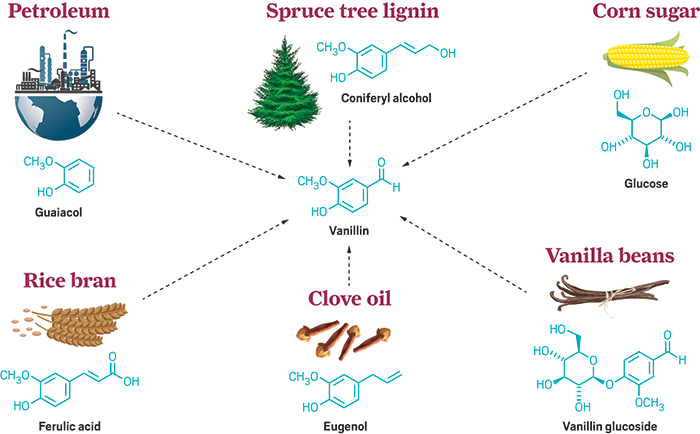Carbon
Monoxide, also called Carbon Monooxide or Carbonic Oxide, has a molecular weight
of 28.01g/mol and is a colorless, odorless, tasteless (when converted to a
cryogenic liquid) gas that can cause serious short term health effects or even kill
you within a few hours of constant exposure.
Due to
its ‘transparent’ physical characteristics, CO is highly dangerous. Since it is
undetectable without proper equipment, it is subsequently referred to as the ‘silent
killer’. Carbon Monoxide has a higher affinity to the hemoglobin (the oxygen
carrying molecules found in blood) than oxygen does. As a result, a complex
called carboxyhemoglobin is created which blocks the hemoglobin sites thereby
depleting oxygen levels in the body.

CO is
normally Labelled using the following WHMIS Symbols:
- - Acute Toxicity
- - Flammable
- - Compressed Gas
- - Health Hazard
Hookah emits 35x more CO
than an average cigarette and produces smoke equivalent to that of 100
cigarettes!
According to research conducted by Ontario’s Air Quality
Control Index, Carbon Monoxide concentrations are 89x higher inside Hookah
cafes.
But Carbon isn’t all bad, it was discovered that carbon
monoxide can be used in packaging meat to help them retain their ‘fresh’ color
without proving any health hazards to those consuming that CO infused meat.
What are your
Thoughts?
References:
Blachman-Braun, R., Del
Mazo-Rodríguez, R., López-Sámano, G., & Buendía-Roldán, I. (2014). Hookah,
is it really harmless?. Respiratory Medicine, 108(5), 661-667. doi:10.1016/j.rmed.2014.01.013
Carbon
monoxide. (2019). Retrieved from https://pubchem.ncbi.nlm.nih.gov/compound/281#section=TopCarbon
Monoxide - MeSH - NCBI.
Carboxyhemoglobin.
(2019). Retrieved from https://en.wikipedia.org/wiki/Carboxyhemoglobin
Carbon
Monoxide - MeSH - NCBI. (2019). Retrieved from https://www.ncbi.nlm.nih.gov/mesh/68002248
Carbon
monoxide. (2019). Retrieved from https://en.wikipedia.org/wiki/Carbon_monoxide
Carbon
Monoxide. (2019). Retrieved from https://www.atsdr.cdc.gov/ToxProfiles/tp201-c4.pdf
Carbon
monoxide - DrugBank. (2019). Retrieved from https://www.drugbank.ca/drugs/DB11588
Facts about
Carbon Monoxide - PuroClean. (2019). Retrieved from https://www.puroclean.com/blog/facts-about-carbon-monoxide/
Lide, D.R.
CRC Handbook of Chemistry and Physics 88TH Edition 2007-2008. CRC Press, Taylor
& Francis, Boca Raton, FL 2007, p. 3-88
Man finds
wife and 'lover' dead 'after they had sex in the car'. (2019). Retrieved from https://www.dailymail.co.uk/news/article-5940039/Man-finds-wife-lover-dead-carbon-monoxide-poisoning-sex-car.html
O'Neil, M.J.
(ed.). The Merck Index - An Encyclopedia of Chemicals, Drugs, and Biologicals.
Whitehouse Station, NJ: Merck and Co., Inc., 2006., p. 294
WHMIS
Classifications: Carbon monoxide. (2019). Retrieved from http://ccinfoweb2.ccohs.ca/whmis/records/57E.html
Zhang, B., Haji, F., Kaufman, P., Muir,
S., & Ferrence, R. (2013). ‘Enter at your own risk’: a multimethod
study of air quality and biological measures in Canadian waterpipe cafes.
Tobacco Control, 24(2), 175-181. doi:10.1136/tobaccocontrol-2013-051180
100+
Pollution Pictures | Download Free Images on Unsplash. (2019). Retrieved
from https://unsplash.com/search/photos/






